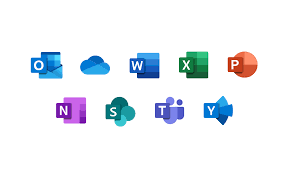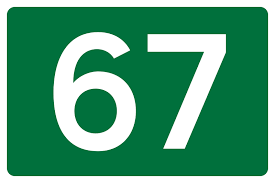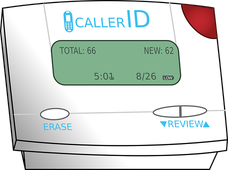|
4/13/2020  School, as we know it, ended in my district on March 12, 2020. Since our closure, my district’s administrators have been directing teachers to interact with students through our online instructional platform.  Having taught online for several years, I do not find internet-based instruction daunting. But my familiarity with it, as well as my understanding of the students I work with at a high-needs high school, informs my view that e-learning is unlikely to be a successful medium for my students. But it is all we have, as the CDC advises everyone to keep their distance to mitigate the death toll from the Corona Pandemic.  Our district-sponsored means of communication include email and chat through Office 365. It is through those that I have been communicating to students and parents. I uploaded assignment files and posted directions on Microsoft Teams.  Of course, my district sent out alerts that students should check their email and log on to Teams. Daily community outreach included the distribution of food, electronic equipment, and the message that students should remain in contact with their teachers and continue learning during the period of isolation. Yet, even with this level of contact from teachers and district administration, large numbers of students have not been engaging with the educational opportunities provided to them through our online instructional platform.  In an effort to share information about our virtual “non-attendees”, administration has asked teachers for the names of students who are “missing” and the efforts we have made in contacting them. We have been asked to phone students from our personal phones using *67 to block our numbers from being displayed on caller ID. I am one, of about one-hundred-fifty, teachers in my high school. Other teachers may be experiencing different levels of engagement from their students. This has been my experience so far.  I only have fifteen students enrolled in my self-contained Regents Biology classes this year. Of that number, 67% of them (ten), had not been participating in Teams or turning in work since school moved to the online format. This is what I learned when I made my *67 Corona Calls:  1-After you put in *67, you also need to put in the area code before the phone number (even if it is the same as your own), otherwise you will get a recording that says that the number you are calling doesn’t accept wi-fi calls. Weird. 2-Three students/parents were not reachable when I called. I was able to leave a message. Those same students exhibit inconsistent attendance and work habits in traditional classroom instruction, as well.  3-One student/parent picked up the phone, but the line went dead up after I identified who I was and why I was calling. A second call was not answered. I was able to speak to a relative at a second number, but that person seemed confused and non-committal. This student is also absent from regular classroom activities frequently.  4-I spoke directly to five students who were able to follow me on their device at home as I directed them about how to access and complete their assignments. I have some optimism that they will follow through and get some work done. 5-I spoke directly to one student who was working from a personal laptop. She was not able to follow me on her screen at home and I needed to direct her to tech support.  Only time will tell if students will now independently complete some work after my phone chats with them.
0 Comments
Leave a Reply. |
AuthorGertrude Katz has spent over 30 years teaching K-12 public school students all major subjects. She has taught biology and education at the college level. The majority of her career has been spent instructing biology at the secondary level. Categories
All
|
 RSS Feed
RSS Feed